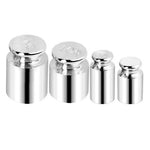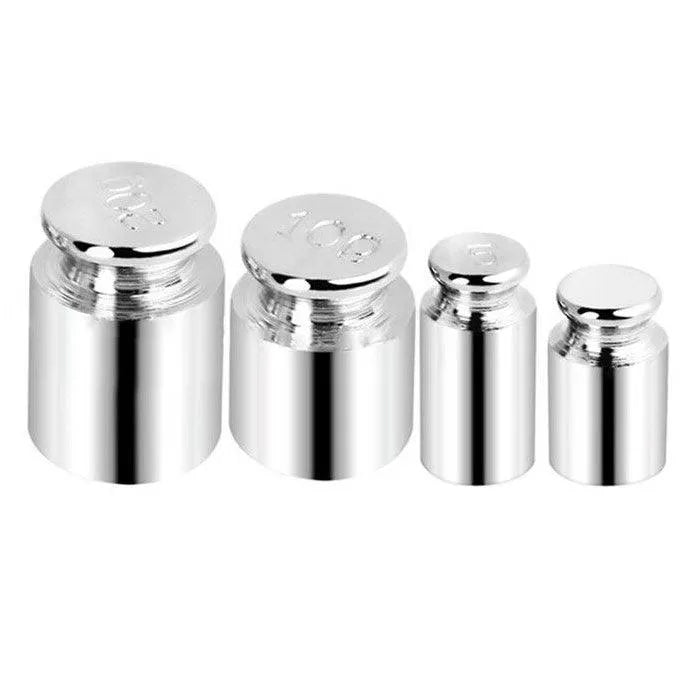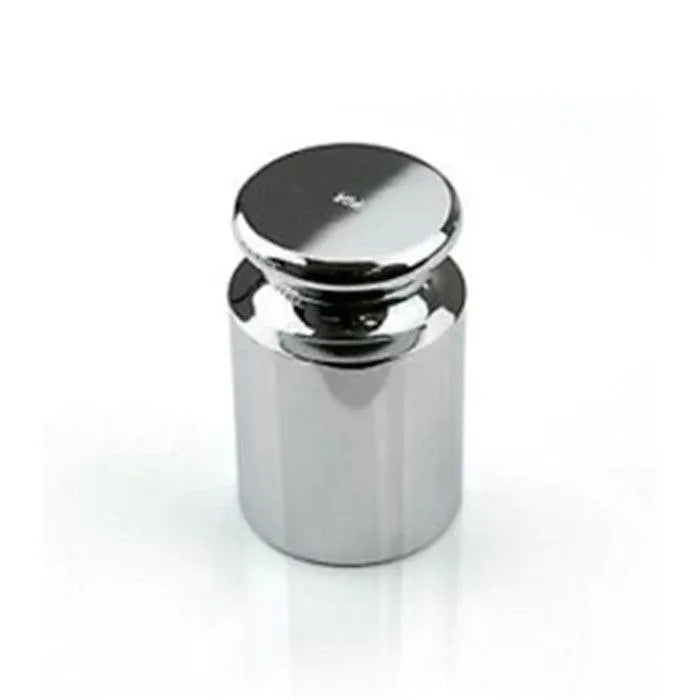Brändid
-
420 Science -
Anomaly -
Arizer -
Astral Project -
Banana Bros. -
Beamer - Bearded
-
Beautiful Burns -
Best Buds -
Blazer -
Boveda -
BRNT Designs -
Canada Puffin -
Cannabolish -
Chongz -
Cooco -
CVault -
DaVinci -
Elephant Brands -
EVault -
Eyce -
Flowermate -
Formula 420 -
Fresh San Diego -
Funtime Gifts -
Futurola -
G-Pen -
Green Jay -
Greengo -
Groove -
Heady Dad - Higher Innovation
-
Higher Standards -
Hitoki -
Holk -
Honey Labs -
Hush Kush - Hybrid Supreme Filters
-
Insomnia Fun -
Insomnia Smoke -
Integra Boost -
Kannastör -
King Palm -
Magical -
Marley Natural - MJ Arsenal
- Modest and Co.
-
My Bud Vase -
Narcos -
NWTN Home -
On Balance -
Ongrok -
Ozium -
Raw - Ric Flair Drip
-
RYOT -
Saverette -
Scrubber Ducky -
Session Goods -
Shine -
Smoke Odor Exterminator -
Smokebuddy -
Smokezilla -
Stona -
Storz & Bickel -
Stündenglass - The Roller Moller
- Tyson 2.0
-
Wu-Tang -
Zong Wick - ... Kõik teised kaubamärgid



